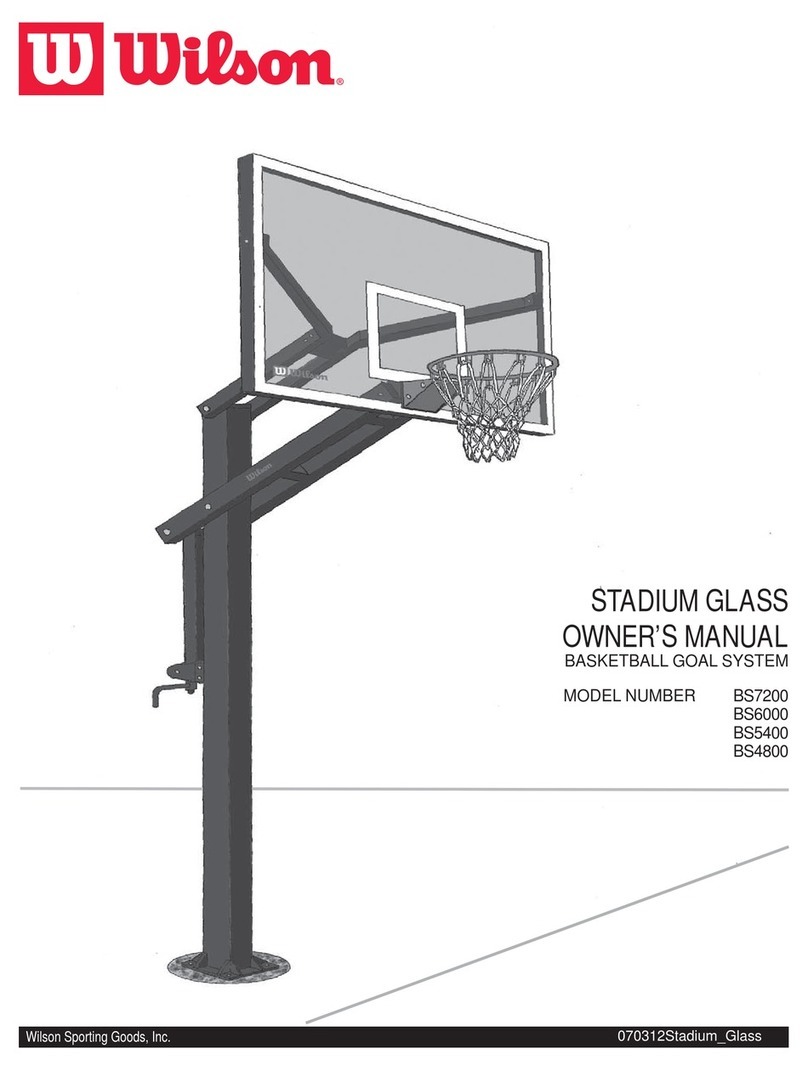
1.1 SCOPE
SECTION 1
INTRODUCTION
This manual describes the Wilson Laboratories' SX-530 Disk Memory Exerciser. The manual
is
written using
the storagemodule (SMD) type interface
as
the basis, however, interface adapteraddendums are includedas part
of
this document so the reader may easily adapt the methods described herein tootherdrive types supported by
the SX-530 Exerciser.
This manual consists
of
six sections and addendums
as
required and described briefly
as
follows:
Section I
Section 2
Section 3
Section 4
Section 5
Section 6
Addendum
Introduction and general desription including physical and environmental charac-
teristics.
A briefexplanation
of
disk drive theory to establish common terminology.
A functional and physical description
of
the
Exerciser including assembly and adapter
removal
and
reinstallation infonnation.
A description
of
the controls and indicators
in
a mannerso they
may
be easily found and
referenced.
General operating procedures
as
they relate
to
the
Exerciserfunctions and modes.
A group
of
suggested special procedures that
may
be perfonned during acceptance
testing and
field
maintenance applications.
Each addendum describes an 1/0 Interface Adapter Card for a specific drive type and
associated mini-panel assembly (as required). Also included are applicable operating
instructions
and
adiscussion
of
the
PROM
and
its
fonnat timing for that interface.
SX-530 Exerciser Theory
of
Operations and Logic Description
is
provided
in
a separate manual which can be
obtained from the factory
by
signing a non-disclosure letter ofagreement.
1.2 GENERAL
The SX-530 Disk Memory Exerciser, Figure
I-I,
is
designed
for
testing disk drive models with Storage Module
type interface and Winchester
fixed
andlor removable cartridge type disk drive
in
either
5JA",
8",
or
14"
media
from most manufacturers. It·can
be
used for all off-line drive exerciser/test functions including manufacturing
QC
testing
to
insure trouble-free operation before shipment,
QA
incoming inspection,
field
service testing to
isolate and repair drive problems
and
for engineering evaluation
of
peripherals.The SX-530
is
housed in a
suitcase type enclosure which makes it convenient for all applications.
The SX-530 reads and writes data
in
four fonnatted modes using a selection
of
three
fixed
data patterns and one
userprogrammabie data pattern. Errorindicators show
the
type
and
iocation
of
errors and manuai controis permit
single step orcontinuous running
with
error indication orstop
on
errorcapability.
Single steps, seek delay, alternate set, stop on error, offset
and
marginal strobe control combine
to
make trouble
shooting
by
t'le operator a quick and easy function. Trouble shooting operntion includes
the
ability to
intr"uduce
errors and check out specific areas
of
drive perfonnance.
1-1




























